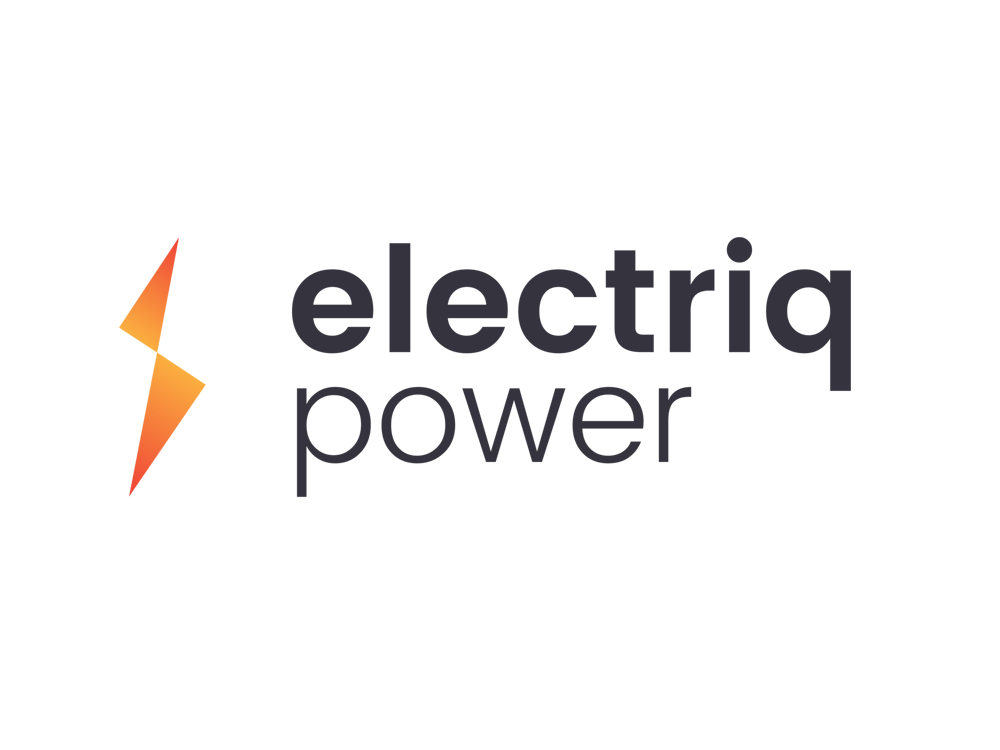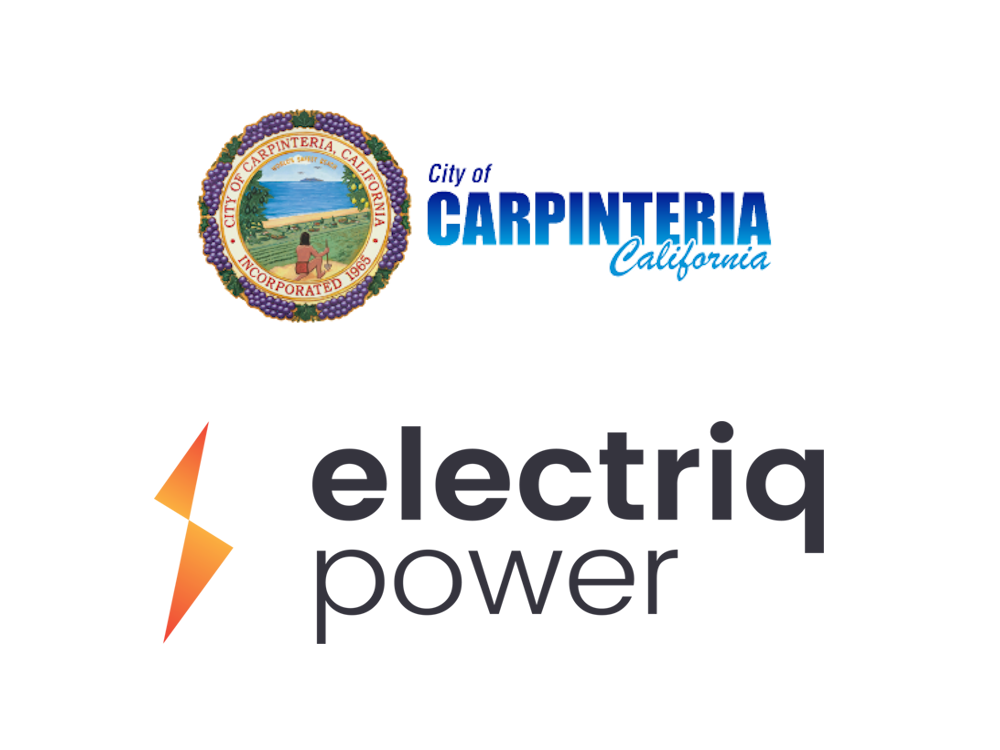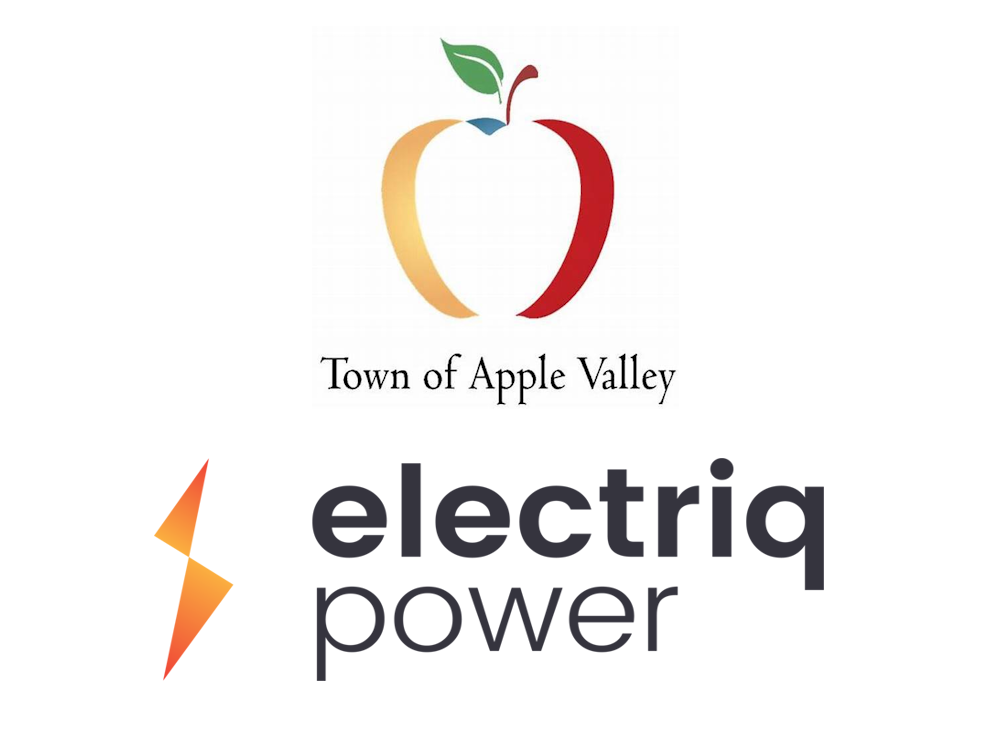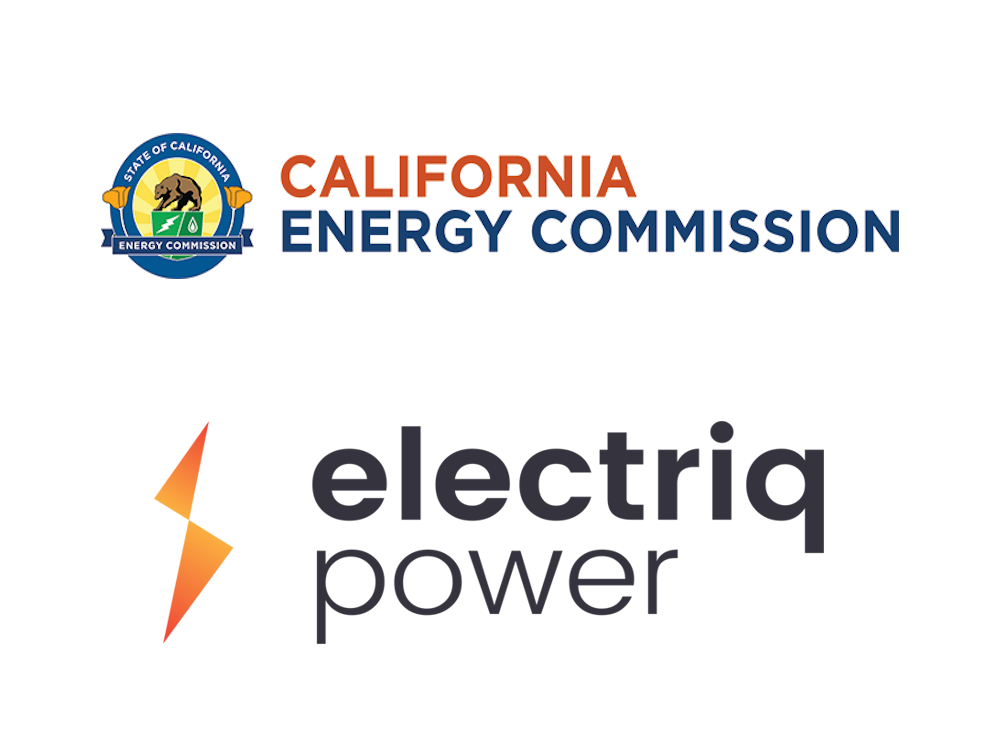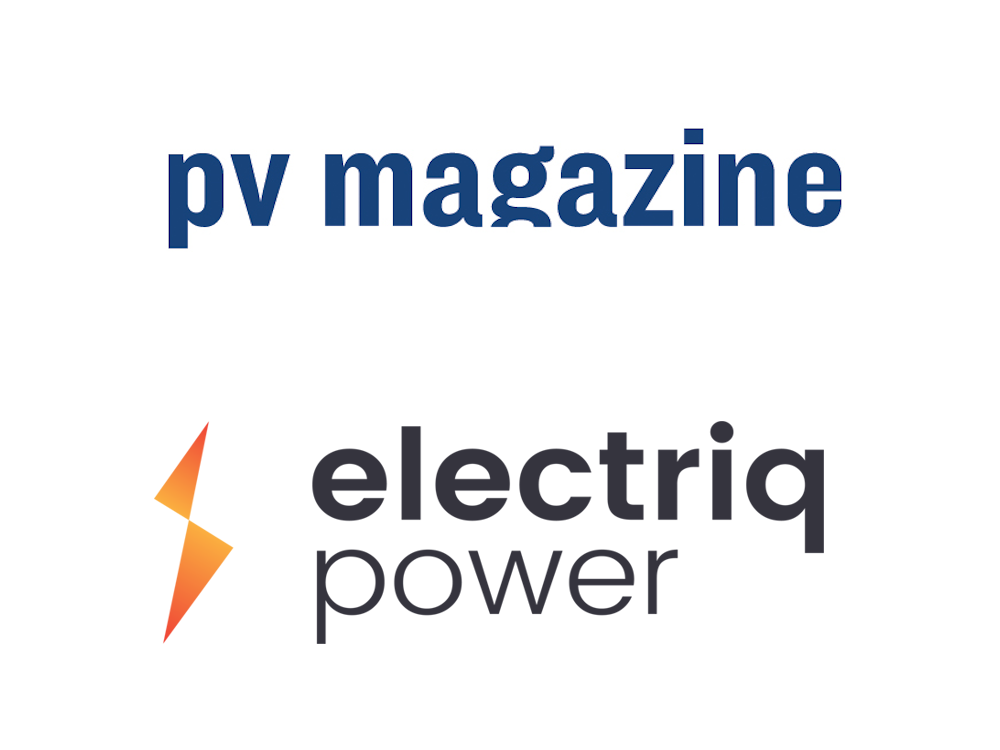How to Properly Size an Energy Storage System
Published by on February 10, 2020
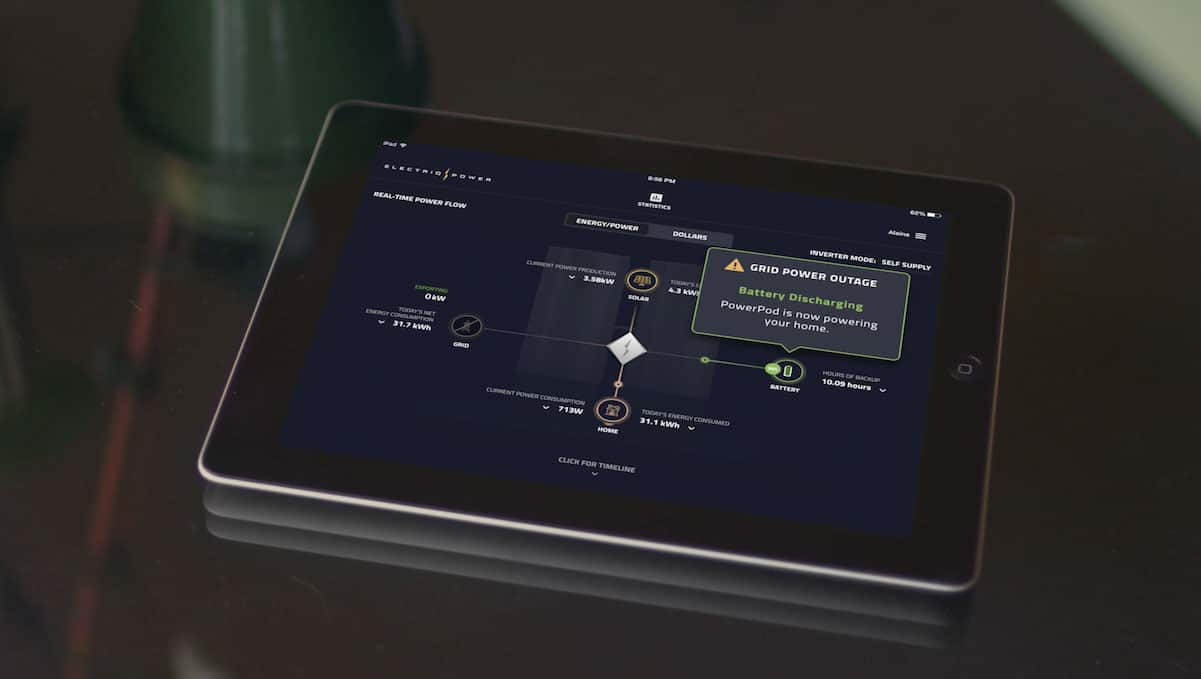
By Aric Saunders
The end of the 2019 was marked by both holiday cheer and blackouts on both coasts, such as the Public Safety Power Shutdown (PSPS) in California and the late fall Nor’easter across the East Coast. During and as a result of these extended outages, many homeowners have been turning to energy storage as a solution to keep their homes powered.
One of the questions homeowners often ask regarding battery storage is “how long will this system back up our home?”. To determine that, there are a few parameters that must be addressed in order to properly size a system tailored to your needs:
- What is your daily and monthly energy consumption?
- To get a more comprehensive understanding of your energy consumption, you can simply take a look at the electric bill that’s collecting dust on the kitchen counter. Typically, most utilities have an online dashboard where you can access more in-depth energy consumption data.
- Do you have solar power already, and if not, do you plan on adding it?
- Solar + storage is an ideal way to power a home when the grid goes down, save money on your electricity bill, and reduce your carbon footprint.
- Why do you want a battery system?
- Is this purely for backup purposes? Rate arbitrage? To reduce your carbon footprint?
- What do you plan on backing up year-round?
- The average U.S. home uses 900 kWh of energy per month. Many people would like their entire home backed up, but it is important to take into account your total energy consumption versus the capacity of the batteries.
There are some limitations to an energy storage system that should also be considered. A typical energy storage system functions optimally when battery power and capacity are sized to match the home’s load profile. Many homes aren’t optimized for efficiency (e.g. well-insulated; LEDs or CFLs; heat pumps; Tier III appliances; etc.), which must be taken into account when sizing a system. Additionally, the modern home has nearly every outlet occupied with a variety of appliances drawing power.
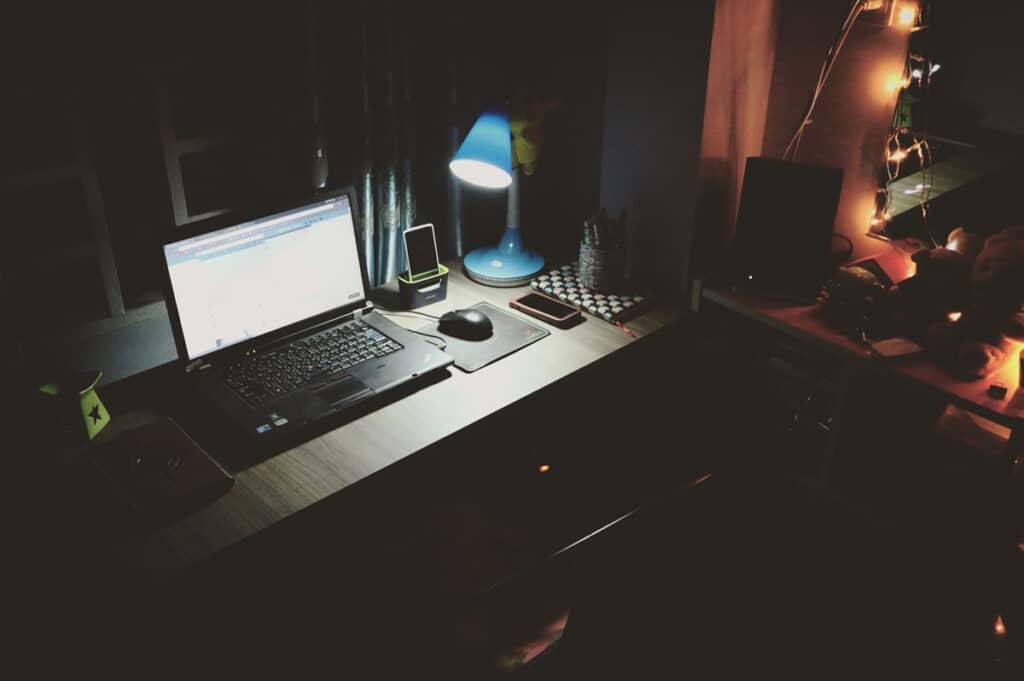
Sizing a storage system within a predetermined budget becomes more of a challenge when high-powered appliances are needed for an extended period of time (e.g. AC units, pool pumps, etc.). A more budget-friendly approach is to size an energy storage system that will power essential loads only — think internet router, TV, security system, refrigerator, lights. Powering an entire home is possible by stacking additional batteries and inverters, but results in a higher price point. Alternatively, a 10 kWh system without solar can power just the essential loads for about 12-24 hours.
If there is solar already on your home, or you plan to couple solar with batteries, a solar + storage system can provide almost indefinite power. A system designed to do this can be achieved by ensuring your energy consumption is less than your energy production — even in poor weather conditions.
Solar + storage is the clear winner when looking to help bridge the gap between outages, reduce your carbon footprint, and save money on your electrical bill. Even better, some states like California offer incentives and rebates to encourage homeowners to make energy resilience one of their property’s best features. The key is to know which loads are critical and work with a professional to size your system properly to get maximum benefit.
Aric Saunders is the Executive Vice President of Sales for Electriq Power.
Want to learn how to backup your home with smart, resilient, reliable power? Visit link text today.




